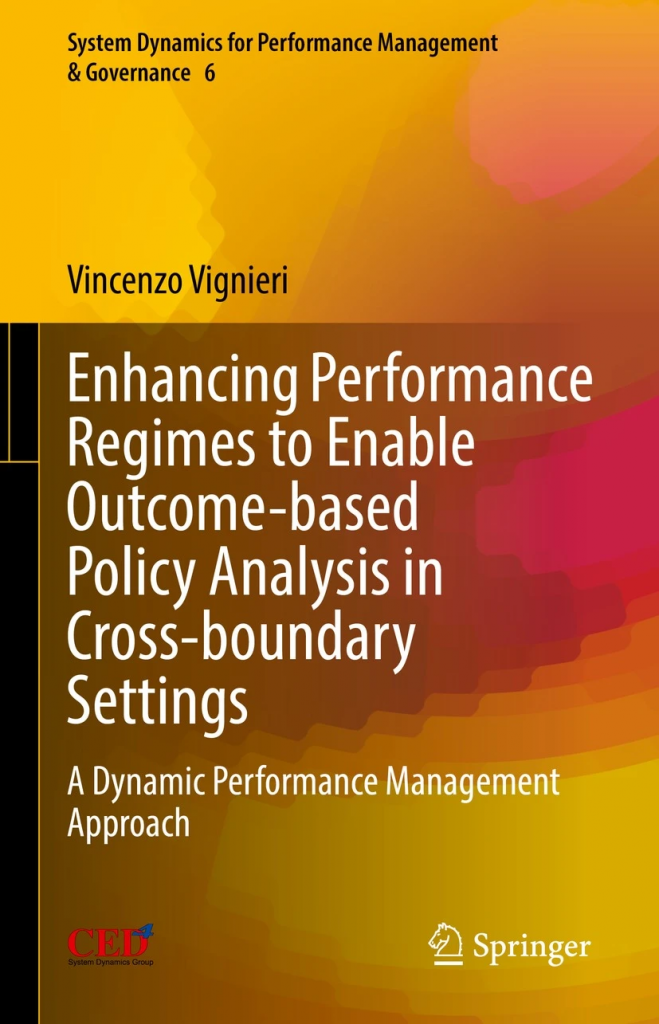
Over the last two decades, the field of public administration has witnessed theoretical and practical changes that have innovated the relationships between public administration and performance management.
Dealing with the rising complexity of performance regimes in contemporary public administration requires that policy-makers and their organizations are able to face unpredictable problems impacting on a community’s quality of life. Complex policy issues – such as immigration, pandemics, societal aging, crime, unemployment, and financial crises – cannot be easily solved by quick fixes that are focused only on a short-term and bounded vision of their causes. They rather require “robust” methods to support policy analysis and to affect sustainable community outcomes in cross-boundary settings.
As illustrated in this book, Dynamic Performance Management provides a methodological framework enabling policy-makers to outline the causal relationships among policy outcomes, performance drivers, and related strategic resources. Such a modeling approach helps stakeholders to broaden the investigated system boundaries so to balance short- and long-term performance under different result domains.
This approach blends performance management and System Dynamics modeling. Several examples and case studies are discussed to enable scholars and practitioners to appreciate the practical implications related to the use of such an approach
Vignieri, V. 2022. Enhancing Performance Regimes to Enable Outcome-based Policy Analysis in Cross-boundary Settings. Springer: Zurich